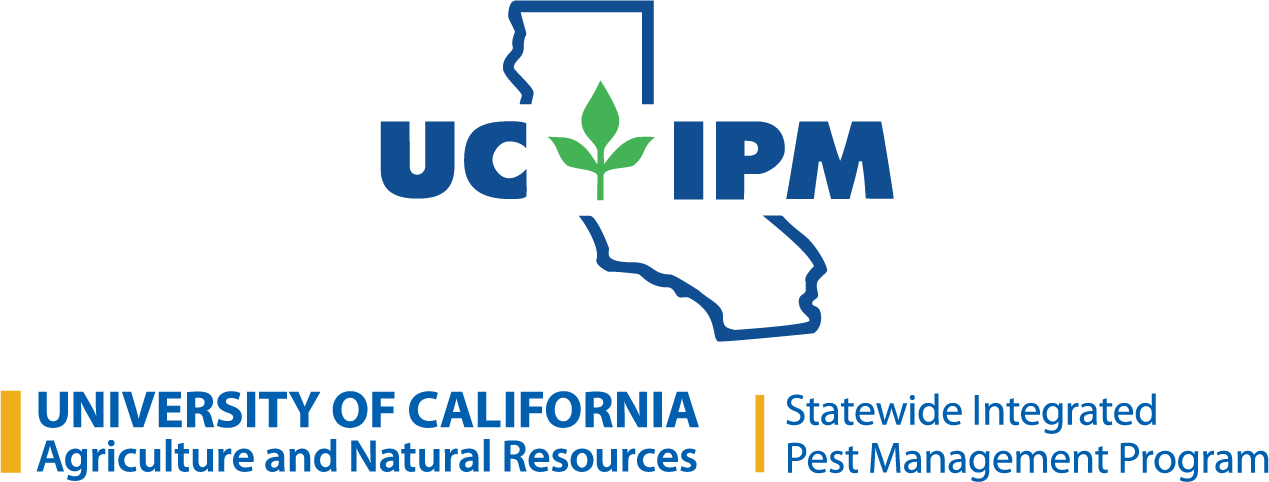Citrus trees are generally propagated by grafting (joining) together a scion (shoot or twig) and rootstock from two different plant varieties. Sometimes the scion and rootstock do not grow together properly, a malady called graft incompatibility.
Identification
The appearance of graft incompatibility has various different shapes (illustration from HJ Webber 1948, University of California Press). Sometimes it is the basal trunk of the scion that becomes enlarged relative to the rootstock and other times the rootstock is the enlarged portion.
Bud union crease. An example of delayed graft incompatibility is bud union crease. A crease or fold forms at the bud union (grafting site) due to uneven growth. With increasing overgrowth, the food-conducting tissue is compressed, resulting in a slow girdling of the tree. When bud union crease is the problem, cutting off outer bark at the graft union commonly reveals a dark line of necrotic inner bark and wood that encircles the graft union.

Damage
Certain scion and rootstock combinations show an incompatibility reaction. This incompatibility may appear shortly after grafting or may take 10 to 20 years after planting to develop. Graft incompatibility can cause trees to decline and die prematurely.
Solutions
When planting or replanting, avoid scion and rootstock combinations commonly susceptible to graft incompatibility. For example, 'Frost' nucellar navel on trifoliate orange, lemon on 'Cleopatra' mandarin, 'Eureka' lemon or 'Satsuma' mandarin on 'Troyer', and certain scion varieties on sour orange are prone to developing bud union overgrowths.
If you are considering grafting your own trees, see Budding and Grafting Citrus and Avocados in the Home Garden, University of California Agriculture and Natural Resources. For more information on compatible scion-rootstock combinations that will perform well at your growing location, consult these tables (PDF) or contact the local office the UC Cooperative Extension.
References
Adapted from Integrated Pest Management for Citrus, University of California Statewide Integrated Pest Management Program (UC IPM).
